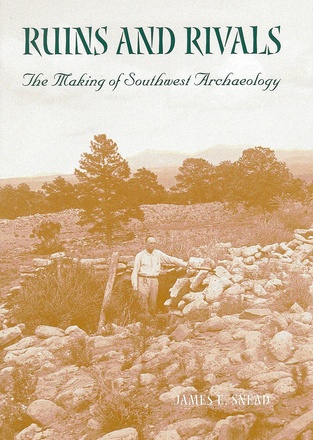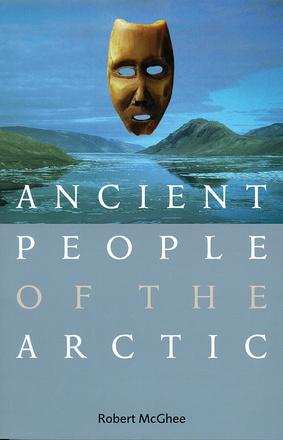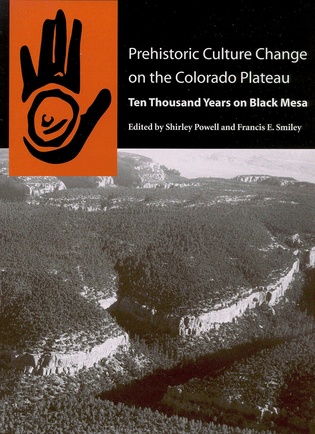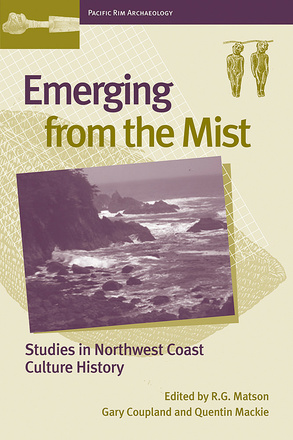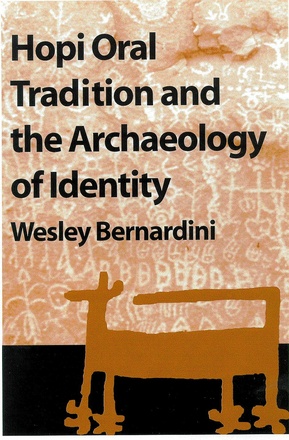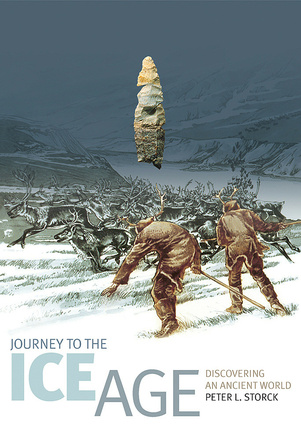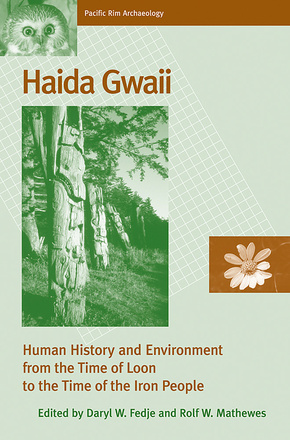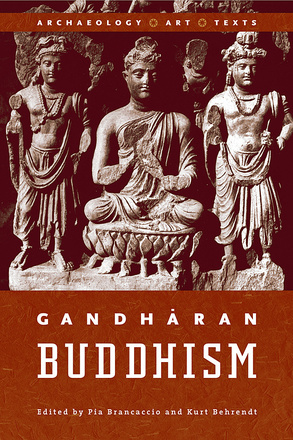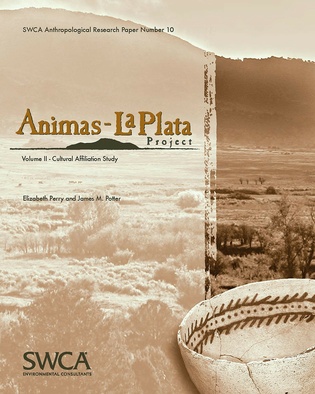Ruins and Rivals
Published in cooperation with the
William P. Clements Center for Southwest Studies, Southern Methodist University
Ruins are as central to the image of the American Southwest as are its mountains and deserts, and antiquity is a key element of modern southwestern heritage. Yet prior to the mid-nineteenth century this rich legacy was largely unknown to the outside world. While military expeditions first brought word of enigmatic relics to the eastern United States, the new intellectual frontier was seized by archaeologists, who used the results of their southwestern explorations to build a foundation for the scientific study of the American past.
In Ruins and Rivals, James Snead helps us understand the historical development of archaeology in the Southwest from the 1890s to the 1920s and its relationship with the popular conception of the region. He examines two major research traditions: expeditions dispatched from the major eastern museums and those supported by archaeological societies based in the Southwest itself. By comparing the projects of New York's American Museum of Natural History with those of the Southwest Museum in Los Angeles and the Santa Fe-based School of American Archaeology, he illustrates the way that competition for status and prestige shaped the way that archaeological remains were explored and interpreted. The decades-long competition between institutions and their advocates ultimately created an agenda for Southwest archaeology that has survived into modern times.
Snead takes us back to the days when the field was populated by relic hunters and eastern "museum men" who formed uneasy alliances among themselves and with western boosters who used archaeology to advance their own causes. Richard Wetherill, Frederic Ward Putnam, Charles Lummis, and other colorful characters all promoted their own archaeological endeavors before an audience that included wealthy patrons, museum administrators, and other cultural figures. The resulting competition between scholarly and public interests shifted among museum halls, legislative chambers, and the drawing rooms of Victorian America but always returned to the enigmatic ruins of Chaco Canyon, Bandelier, and Mesa Verde.
Ruins and Rivals contains a wealth of anecdotal material that conveys the flavor of digs and discoveries, scholars and scoundrels, tracing the origins of everything from national monuments to "Santa Fe Style." It rekindles the excitement of discovery, illustrating the role that archaeology played in creating the southwestern "past" and how that image of antiquity continues to exert its influence today.
Prehistoric Culture Change on the Colorado Plateau
One of the largest archaeological projects ever undertaken in North America, Peabody Coal Company's Black Mesa Archaeological Project conducted investigations in northeastern Arizona from 1967 to 1983. This mammoth undertaking recognized and recovered the remains of ephemeral camps, early agricultural sites, Puebloan villages, and ...
Emerging from the Mist
Studies in Northwest Coast Culture History
This book brings together the most recent research on the culture history and archaeology of a region of longstanding anthropological importance, whose complex societies represent the most prominent examples of hunters and gatherers.
Changing River
This book is a response to the USGS's call for a research design that could be used as a framework for prioritizing cultural resources in the Colorado River ecosystem below Glen Canyon Dam.
Changing River includes summaries of current environmental conditions and previous research and brings together diverse ...
Hopi Oral Tradition and the Archaeology of Identity
As contemporary Native Americans assert the legacy of their ancestors, there is increasing debate among archaeologists over the methods and theories used to reconstruct prehistoric identity and the movement of social groups. This is especially problematic with respect to the emergence of southwestern tribes, which involved shifting ...
Journey to the Ice Age
Discovering an Ancient World
A captivating record of archaeological discoveries of the Early Paleo-Indians, who exploded suddenly on the archaeological record about 11,500 years ago and expanded rapidly throughout North America and South America.
Haida Gwaii
Human History and Environment from the Time of Loon to the Time of the Iron People
This book brings together the results of extensive and varied field research by both federal agencies and independent researchers, and carefully integrates them with earlier archaeological, ethnohistorical, and paleoenvironmental work in the region.
Gandharan Buddhism
Archaeology, Art, and Texts
The essays in this volume reassess Gandharan Buddhism in light of these findings, utilizing a multidisciplinary approach that illuminates the complex historical and cultural dynamics of the region.
Animasâ¿¿La Plata Project, Volume II
This report compiles evidence concerning cultural affiliation with NAGPRA items recovered from the Animas-La Plata (ALP) project area near Durango, Colorado, for 25 modern tribal groups residing in Arizona, Utah, Colorado, and New Mexico. Though a small percentage of the cultural resources in the ALP project area represent earlier ...

